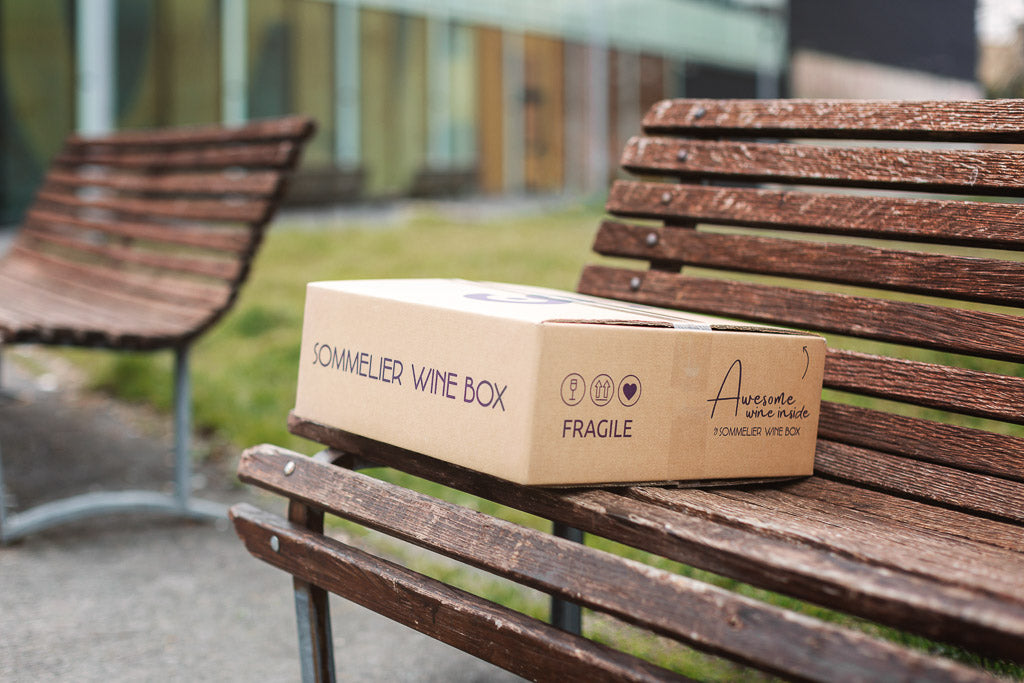Slovenia has a fairly limited wine-growing territory, yet it is characterized by a great variety of soils and climates. Here are six things to know about Slovenian wines.
Slovenia produces quality wines, much loved at home and increasingly appreciated in foreign markets too. Here is our little guide to Slovenian wines.
1. How many major wine regions are there in Slovenia?
Three. The main wine regions in Slovenia are Drava Valley ( Podravje ), Sava Valley ( Posavje ), Littoral Region ( Primorska ).
2. What is the climate like in Slovenia?
Despite the variety, the climate is predominantly continental , therefore favorable for the growth of the vine.
3. What are the most cultivated grapes in Slovenia?
The most cultivated vines in Slovenia are the native ones , in addition to some international ones. In particular, among the native and other traditional vines there are Malvasia, Pinela, Rebula, Refosco, Vitoska Grganija, žametovka, Zelen.
While the other grapes grown in Slovenia are sauvignon blanc, pinot blanc, pinot grigio, pinot noir, traminer, rhine riesling, müller-thurgau, welschriesling, blaufränkisch, picolit, merlot, cabernet and chardonnay.
4. What wines are produced in Slovenia?
The production of Slovenian wines is dominated by whites and oranges are very well known, wines made from white grapes characterized by long macerations on the skins .
That of macerated wines is a true revolution, or rather a return to the origins: the epicenter is a small town between Italy and Slovenia, Oslavia, when Collio and Brda are one. The protagonists were Josko Gravner and Stanko Radikon, the first to recover the ancient art of making macerated wines.
The production of organic wines is important.
5. A few more issues on Slovenian wines
- 70% of the wines produced in Slovenia are protected by designations of origin.
- 758,000 hectoliters of wine produced in Slovenia in 2019 (according to the most recent data available).
- The number of hectares of vineyards registered in Slovenia is affected by poorly updated data, which varies between 15,000 (registered in 2019) and 30,000 hectares, which is easily more likely today.
6. Find out more about Slovenia's wine regions
The Podravje region
The further north , the larger. The climate is continental and the variety of terrain is notable. Riesling, Laski Rizling, Pinot Noir and native varieties such as Romanian Plavec and Radgonska Ranina are grown here.
The winemaking tradition is German (late harvest, techniques for the production of dessert wines).
The Posavje region
It is located in the South-East of the country and enjoys a transition climate between the fresh winds of the Alps and the currents coming from the South-West. In soils mostly of sedimentary origin, sauvignon, pinot blanc, chardonnay, Italian riesling and the native žametovka are grown.
The Primorje region
It is the westernmost region of Slovenia and the smallest; it is greatly influenced by the breezes from the Adriatic Sea. There are many affinities with Italy, being in fact its extension. The refosco is very widespread, which grows on red soils rich in iron, and the orange trees of the area are very well known. In general, the wines of this area are strong and aromatic because they are enriched by the breath of the sea, the breezes of the Alps and the winds from the North.
It is divided into 4 sub-areas (Goriska Brda, Kras, Slovenska Istra, Vipavska Dolina). Among these, Goriska Brda (Slovenian Collio) has soils composed of the famous ponca, a mix of marl and sandstone. Rebula (Slovenian Ribolla, yellow and green) is produced here. Vipavska Dolina (Vipava Valley) is one of the most suitable areas in Slovenia, where well-known orange wines are produced.




